The Ultimate Popping Cork Setup
- By: Matthew Lanier
- on
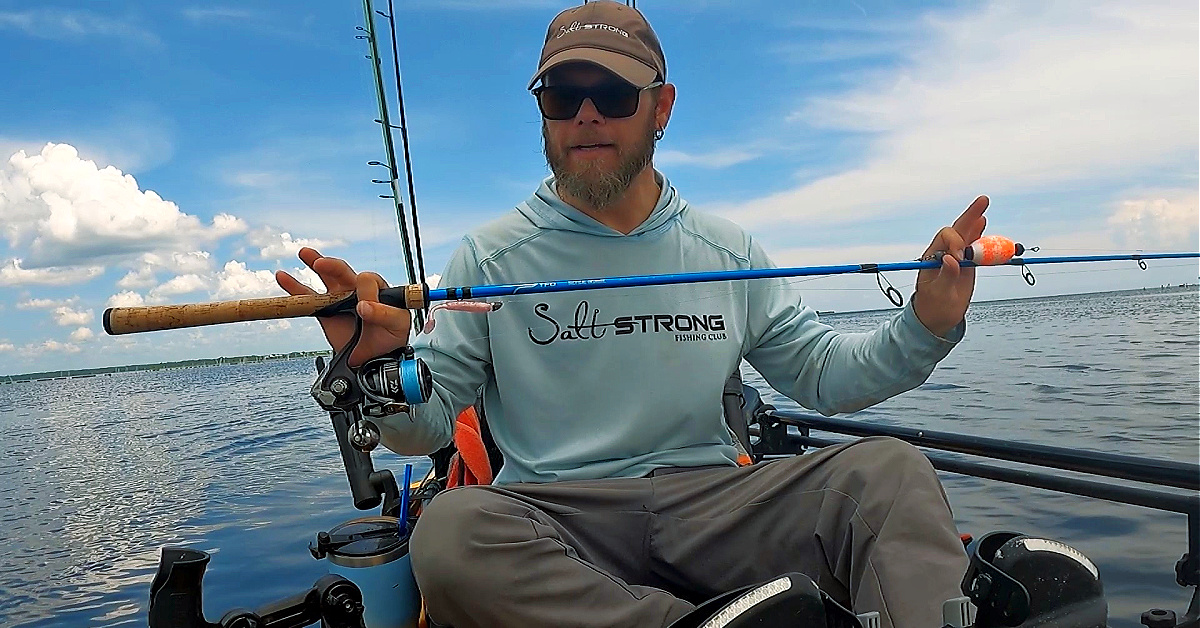
Note: This blog post on the ultimate popping cork setup was originally shared on June 28th, 2022, but we’re now sharing it again so you can assemble the best outfit for popping corks as we enter the heat of summer!! Be sure to scroll down to check out all of the HELPFUL comments below this article!
What makes up the ultimate popping cork setup?
What sort of tackle and gear do you need to assemble the ideal popping cork outfit?
If you want to catch more fish on popping corks, then you need to check this out!!
Ultimate Popping Cork Setup [VIDEO]

Featured Equipment:
- 7′ Medium-Fast Action TFO Tactical Inshore Fishing Rod
- Daiwa BG MQ
- Four Horsemen Popping Corks
- Power Prawn U.S.A.
- F.R.E.D. Paddletail
Rods
The most important tool included in the system is the fishing rod itself.
Popping corks are meant to suspend and float on the surface.
So when a fish pulls the cork underneath the surface of the water, the buoyant cork is trying to push its way back to the surface.
That means you need a rod with very Fast-Action.
I recommend the TFO Tactical Inshore Spinning Rod.
There is no loss in response time from the load up in the rod to the time it can take for the cork to come back up to the surface.
You need to provide enough force for the cork to get back to the surface and set the hook in the fish’s mouth.
The TFO Tactical Inshore rod that I use is a 7′ Medium-Fast Action Rod.
Keep in mind, that TFO Tactical rods are slightly heavier than most other inshore fishing rods but it is equipped with a super Fast-Action tip.
That is the difference maker when burying the hook in a fish’s mouth.
Simply put, other rods will not respond this way when you are trying to set the hook while fishing a popping cork.
If I was forced to only recommend one thing from this entire setup it would be the TFO Tactical Inshore Rod.
It goes without saying that having a strong connection to the fish is vital and you could only have one chance to get a clean hookset in a fish’s mouth.
You do not want to lose fish because of a mistake in gear selection.
I personally am a “Rod Snob” and used to have a completely custom rod outfitted for my popping cork trips.
But I have since traded that out for the TFO Tactical Inshore Rod.
Reels
Fish often strike a lure under a popping cork and immediately take off on a run.
It can be in your favor to use a reel that picks up line well, especially in the case the fish takes a run directly at you.
Daiwa’s BG MQ reels are absolute powerhouses and have a line pick-up speed of nearly 3 feet per turn.
If you want to add a premium reel to your popping cork setup, the Daiwa BG MQ hits all the marks.
I not only use it for popping cork setups but the BG MQ has become my everyday fishing reel.
[optin-monster slug=”wcrcrc7d6ih5k29wooi4″ followrules=”true”]
Conclusion
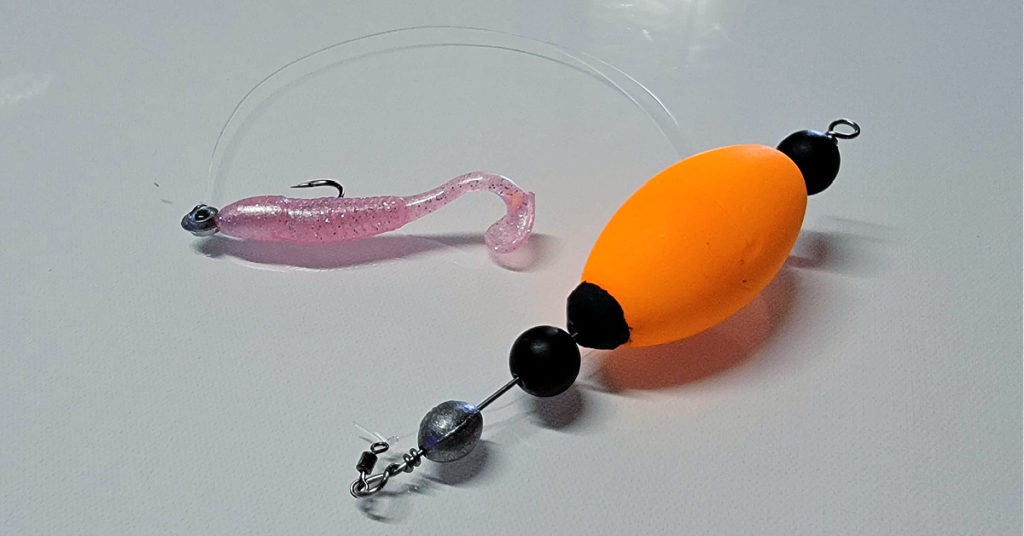
Popping corks are an extremely effective method for attracting curious fish over to check out your lure and strike.
Often overlooked is the right rod and reel combination that puts you in the best position to succeed.
Be sure to head over to our online tackle shop and pick up a TFO Tactical Inshore Rod while they’re still in stock!
Featured Equipment:
- 7′ Medium-Fast Action TFO Tactical Inshore Fishing Rod
- Daiwa BG MQ
- Four Horsemen Popping Corks
- Power Prawn U.S.A.
- F.R.E.D. Paddletail
Do you have any more questions about the ultimate popping cork setup?

Finding The Fish Help
In order to help make sure that you are targeting the right areas based on the latest feeding trends and upcoming weather forecasts, make sure to use the following 3 resources because they will save you a ton of time.
1. Weekend Game Plans (updated weekly)
These regional game plans will show you exactly what types of spots to target in under 10 minutes… just click the video to start, and you’ll be informed on what to do on your next trip.
2. Smart Fishing Spots Platform (updated every 15 minutes)
This exclusive software literally shows you where the most fish are likely to be feeding based on exactly when you’ll be fishing. It factors in the tides, wind, and weather to help you quickly see which areas to target throughout the day.
3. Community Reports (live feed)
The Insider Community platform is what you can use to see what is biting near you, and you can get to know other members who fish in your area. Plus, you can use it to keep a log of your catches so you can use past trips to help predict future catches.
Related categories:
STOP WASTING TIME ON THE WATER!
Do what the “SMART ANGLERS” are doing and join the Insider Club.
Here’s what you’ll receive today when you join:
- Weekly fishing reports and TRENDS revealing exactly where you should fish every trip
- Weekly “spot dissection” videos that walk you through all the best spots in your area
- Exclusive fishing tips from the PROS you can’t find anywhere else
- Everything you need to start catching fish more consistently (regardless if you fish out of a boat, kayak, or land).
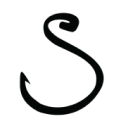
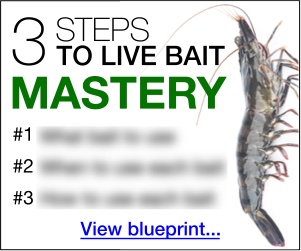


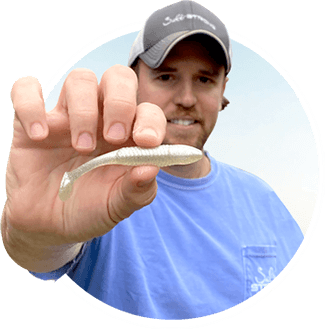
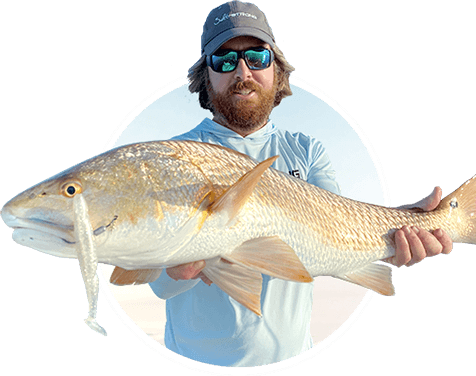
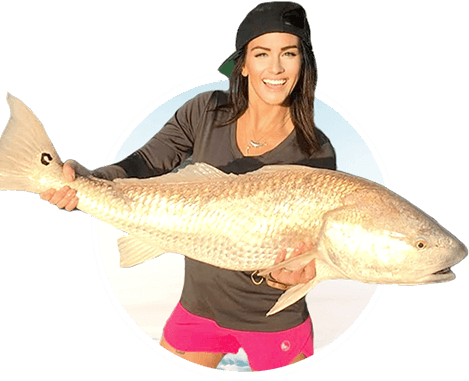
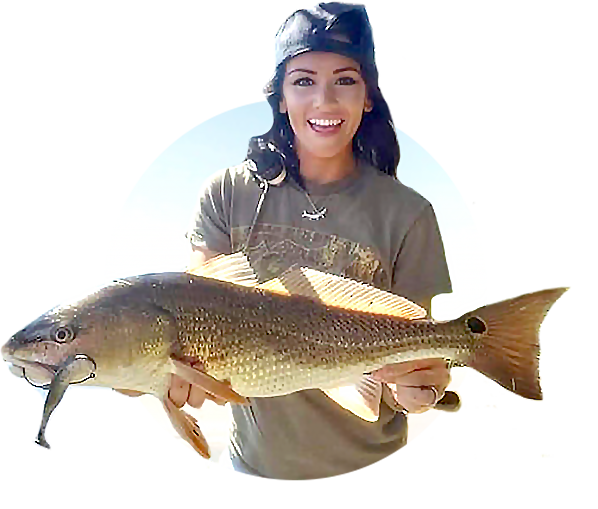
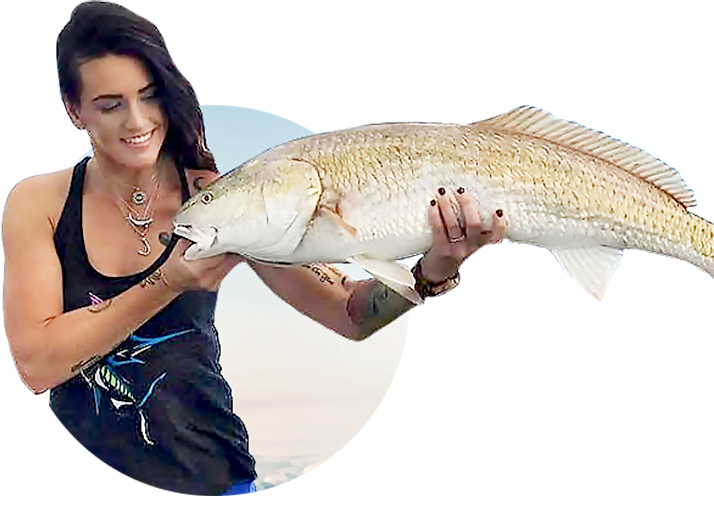

Perfect setup for sure can’t wait to use mine
Great advice about a perfect set up rod and reel!
Thanks Eduardo! We appreciate you watching!
Not sure this is a good idea or not (and certainly not new), but here is what I want to try: braid to mono with FG knot, tactical angler clip to top swivel of popping cork, micro tactical angler clip on bottom swivel of popping cork. attach appropriate length of leader to lure or baited hook with a small perfection loop on the end to quickly attach to the micro clip. The idea being to quickly change pre-rigged lures, baits to the popping cork. My only concern is would it cause binding where the clips and swivels are attached. Might be too much hardware but the micro clips are really quite small.
Using clips can be a great way to be able to change out length of leaders really quickly! Thanks for watching!
Hello Matt I noticed you recommended the TFO Tactical 7’ medium fast action rod. But on the shop page I only see the 7’ ML. This is in reference to using the popping cork.
Did you ever get an explanation? I’m wondering the same thing.
Sorry, I’m just seeing this! I use the Medium version. That is the TAC 704-1 in the tackle shop.
I fish different ways kayak,wading pot holes,wading mud flats, fishing shore lines in a boat and casting from rocky shorelines where distance is a premium. Targeting redfish and trout and rare drum and flounder. Use lures top water spoons and worms. Also live bait croaker and mud minnows. My question is the length of the spinning rod 7 ft vs 7 1/2 foot. At times distance is paramount and other times not do I need 2 different rod lengths
If distance is a big concern for you, i would definitely recommend the 7’6″. I use the 7′ version as it works best for me with this type of application.
Thanks for watching, Steve!
Fantastic suggestions on the cork setup!! Thanks for this tip Matt!
Thanks Wyatt!
Thank you Matt for responding to my question. I did see later that someone else had asked you about the same thing. I do have another question though. I’m looking for a new rod for kayak fishing and I’m trying to decide between the TFO Pro S and the TFO Tac. I see that the Tac has the exposed blank at the real seat. Is that a considerable advantage or are they both fairly equal? Just looking for your opinion. I think Luke is partial to the Pro. Also, what’s your thoughts between 7″ and 7.6″ for kayaks?
Good questions!
The professional has a more moderate action, meaning it begins its flex in the rod, lower down the blank towards the handle.
I have one of each of those rods, in each length, but I use them for different applications.
You can cast further with the 7’6″ version of both, than the 7′.
The exposed blank does give you some increased sensitivity, you are correct.
The TAC is a more sensitive rod, but also doesn’t have as much flex, meaning quicker response time on hookset.
The Pro is great with trout as it has some give for those head shakes.
We all use our rods differently so it’s hard to say what would be better, but I can tell you that I can recommend them both.
If you told me what you were looking to use it for, bait, and type area you plan on targeting, I could prob give a little better info.
Thanks for that information. My main target is trout and flounder and most of my fishing is around Grand Isle La. and the north side of Lake Pontchartrain. I tend to use soft plastics and if that isn’t working I’ll go to cut bait. Looks like I’ll probably end up ordering one of each.
For the popping cork I definitely recommend the TAC, as it does have a faster action than the PRO.
For other applications, for fishing for flounder, trout, and redfish, the PRO is a great all around rod. I have 2 of those as well, and have different uses for both.
I will say every tool has its use, and I believe you no doubt would be happy with either or both.
And if you do decide to get both, you save on shipping cost. Win/win.
I’ve been curious to kno how to retrieve paddle tails with a popping cork I’ve been limited to shrimp lures
Great question Devin. I’m going to be doing a video about that very soon.
But you can work them many of the same ways.
Matt, Would the PRO S in 7’6 M work just as well? I have two of them and really can’t afford to buy another rod for the arsenal right now.
Yes, They would work as well as they do have a stiff backbone to them. You just won’t get the same response time on your hookset, so be sure to give the fish a good hookset with a tight line, when you see the cork go under. Great question Mark!
Great instructional Matt! And thank you for using the correct terminology for action and power of a rod. Too often the “experts” get action and power turned around. Short, sweet, and informative. Great job Matt. Maybe an instructional segment on what is action, what is power, and the lack of industry standards for power ratings might be helpful to a lot of anglers. Buzz
Thanks for noticing the terminology there, Buzz! One of the important things we learned at Mudhole!
We can definitely cover another video talking about that! I will kick the idea to Justin! Thanks again for watching!